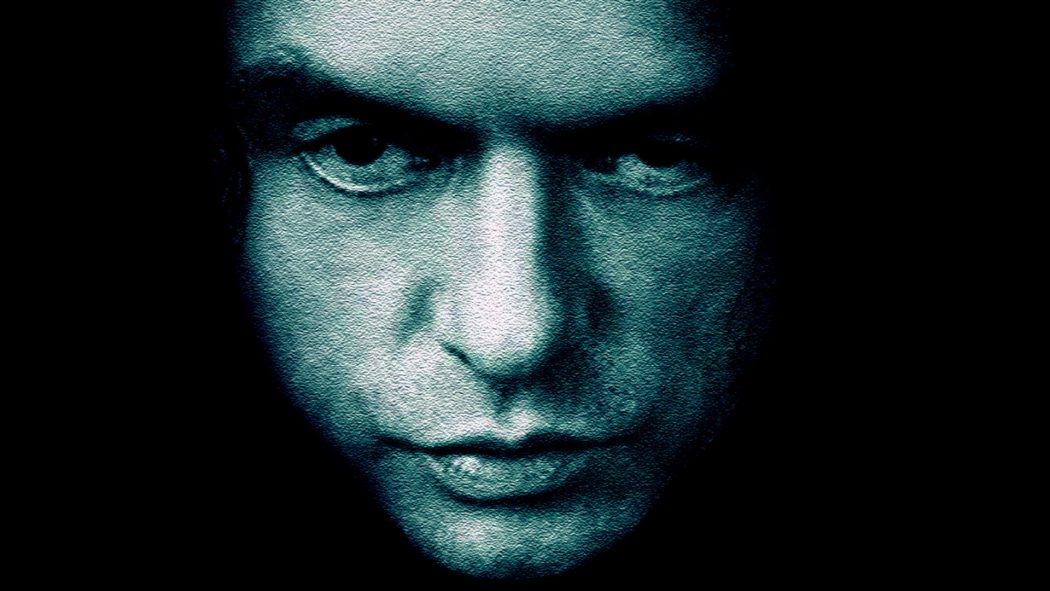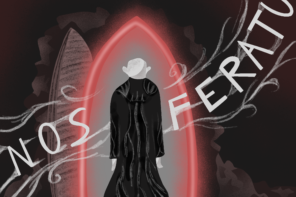I never understood the cult following of Tommy Wiseau’s The Room. It is “the Citizen Kane of bad movies,” from the actors’ elementary portrayal of emotion, to the mismatched colour and wacky quality scopes of the cinematography, to the soap opera-esque drama in the plot. Of all the bad Hollywood movies containing such qualities, why is The Room still selling-out midnight screenings to largely responsive crowds? Although I see how Tommy Wiseau’s comically foreign accent, Hulk-like physique, messy mane, and alien-like face, factor into his film’s widespread following, is his distinct persona enough to make him stand out on the big screen?
So, perplexed by the film’s recurring popularity, I decided to watch James Franco’s newest masterpiece, The Disaster Artist. Now, I must say that as a huge Franco fan, my opinion on his creative works is a little biased. That being said, The Disaster Artist is absolutely brilliant. Stepping out of the cinema, I decided to never question the The Room’s fame again.
The Disaster Artist takes its audience behind the scenes of The Room’s 3-year, $6 million production, highlighting various challenges, successes, and otherwise notable experiences faced during the process. For instance, it presents Tommy Wiseau and Greg Sestero’s first encounter at acting class, the odd decision-making process of casting the unskilled Juliette Danielle (who plays Lisa in the film), or the uncomfortable, unprofessional actions that went on behind-the-scenes (such as Wiseau walking around butt-naked or being avaricious about air conditioning expenses, despite wasting millions on green-screening alleyway scenes or dubbing practically everything). Unlike most works about The Room, Franco kept a strict focus on the film’s context – a classic, heroic story of a struggling artist who craves the following and prestige of Hollywood fame. The movie portrays Tommy Wiseau as an Ed Wood-like character, who, after facing years of rejection within the film industry, takes matters into his own hands – he writes, directs, produces, and stars in a full-length feature of his own.
Tommy Wiseau is a disaster artist – his work is chaotic, flawed, and perceived in complete opposite of its intentions
Wiseau’s work, The Room, tells a complicated, soapy tale of love, friendship, and betrayal – ultimately, the trendiest themes in Tennessee Williams-level dramas. However, after viewing one of the worst films ever made, I could only characterize The Room as a disgrace to dramatic cinema. Commenting that the film is “so bad that it’s actually good” is simply an excuse for poor taste. It is almost impossible to hear discussion of Baby Geniuses, Septic Man, Among Ravens, or otherwise poorly-rated movies containing tacky punch-lines, cheesy motifs, defective sound and video quality, or overly-emotional reactions found in The Room. Not to mention that worthy dramas, like Barry Jenkin’s Moonlight or Frank Darabont’s Shawshank Redemption, don’t force exaggeration to further the theatrical experience. Nonetheless, there is a notable logic in The Room’s continuous attention in the film industry that James Franco emphasizes in The Disaster Artist.
Franco’s choice of soundtrack, ironically humorous script, and casting of family and best friends (including Dave Franco, Seth Rogen, Alison Brie, plus special appearances from Tom Franco and Brian Cranston) furthered my love of his work. He played Tommy Wiseau in an almost identical way. Even as a super-fan, I had to remind myself that his Eastern European accent, static laugh and odd mannerisms were just for show.
More importantly, The Disaster Artist made me see the substance in The Room’s cringe-worthy sex scenes, entrance and immediate exit of confusing side-plots, and surreal scenarios (like men playing football in tuxedos, the main characters’ adoption of 15 year-old Denny, or the famously framed photographs of metal spoons set in their living room). Ultimately, Franco’s film paints a “portrait of a dreamer” who, despite facing various challenges, achieves his greatest desire. It depicts Tommy Wiseau’s passion as not that different to Pulp Fiction’s Quentin Tarantino, Interstellar’s Christopher Nolan, or Whiplash’s Damien Chazelle. Like every great icon, Wiseau had a vision, set out to fulfill it, and didn’t stop until he brought it to life. Despite his crazy moves, and huge financial deficits with the project (The Room only grossed $1,900 in the box office), Tommy Wiseau became a star.
In The Disaster Artist, he is painted as a star – a true American hero – and his bottomless zeal to ‘make it’ is finally fulfilled by the creation of his own project
Wiseau’s portrayal in The Disaster Artist’s will inspire sympathy in anyone pursuing creative endeavours. For him, the duality between art and reality, the choice between an eternally uncertain career in entertainment versus a stable job elsewhere, the drive to create art despite public embarrassment, doesn’t exist. He is indifferent to the noise of the public, and selective in the cues of his sensitivity. Whether we are artists, physicians, teachers, or entrepreneurs, we can all relate to Wiseau’s struggle to chase his dreams. And while it is easy to laugh at Wiseau’s awkward phrases, lack of direction, and The Room’s ultimately disastrous outcome, how many films have I made myself?
Tommy Wiseau is a disaster artist – his work is chaotic, flawed, and perceived in complete opposite of its intentions. Yet his unique story and strive for success in the film industry is what captures the attention of millions of cinemaniacs to this day. In The Disaster Artist, he is painted as a star – a true American hero – and his bottomless zeal to ‘make it’ is finally fulfilled by the creation of his own project.
The Disaster Artist is worth every moment of discussion, media-exposure, and Academy Award-buzz. Amidst all the deadlines, final exams, and Christmas-shopping anxiety, take a moment to indulge in this funny film about the fine line between fame and infamy.








